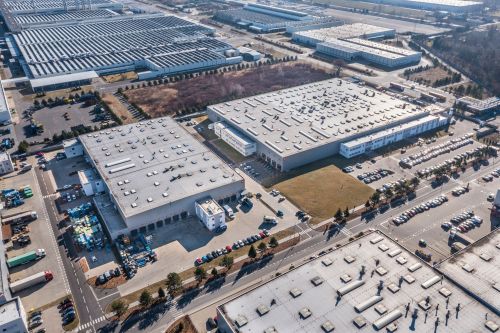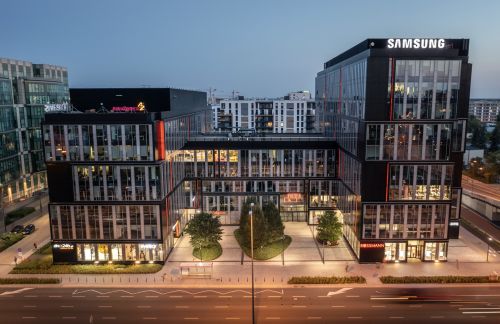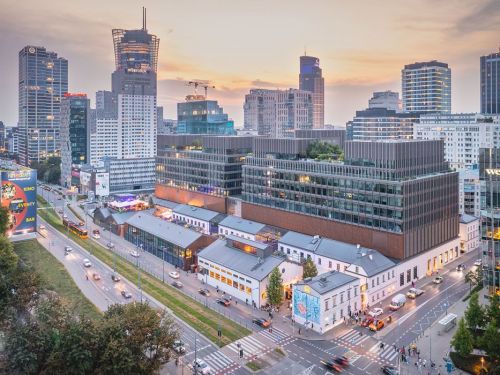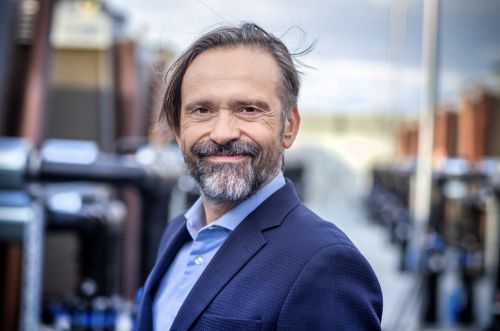Nathan North, ‘Eurobuild CEE’: Vastint has been active in Poland since the early days of the real estate market here. Could you give us some sense of how you have grown your operations since then?
Roger Andersson, the managing director of Vastint Poland: The company has been present in Poland since 1992, so we will be celebrating our 30th birthday here next year. Our first project was Swede Center on Al. Jerozolimskie in Warsaw, which as well as offices had the second McDonald’s and the second Ikea store in the country. This was a complex project in itself, because it was built on a concrete slab above the city’s main railway line. Back in the 90s we started with around seven people in our office; now we have 60 and an annual revenue of EUR 114 mln. At present we now have 235,000 sqm of existing properties (not including sold properties) in our portfolio and almost 600,000 sqm of leasable and saleable space in the pipeline. Three projects are under construction































































